Acknowledgments viii
How to Use This Book ix
This book is neither a comprehensive text nor an exam-review tool. It is an overview of the immune
system designed to give anyone who is learning immunology a feel for how the system fits together.
About the Companion Website x
Lecture 1 An Overview 1
The immune system is a “team effort” involving many different players who work together to provide a powerful defense against invaders. Focusing on one player at a time makes it hard to understand the game. Here we view the action from the grandstands to get a wide-angle picture of what the immune system is all about.
Lecture 2 The Innate Immune System 13
The innate immune system is a “hard-wired” defense that has evolved over millions of years to recognize pathogens that commonly infect humans. It provides a rapid and powerful response against “everyday” invaders.
Lecture 3 B Cells and Antibodies 27
B cells and the antibodies they produce are part of the adaptive immune system – a system that protects us against pathogens both common and rare.
Lecture 4 The Magic of Antigen Presentation 42
T cells another weapon of the adaptive immune system only recognize invaders which are “properly presented” by specialized antigen presenting cells. This feature keeps T cells focused on the types of attackers they can defend against.
Lecture 5 T Cell Activation 55
Before they can spring into action T cells must be activated. This requirement helps insure that only useful weapons will be mobilized.
Lecture 6 T Cells at Work 62
Once they have been activated helper T cells orchestrate the immune response and killer T cells destroy infected cells.
Lecture 7 Secondary Lymphoid Organs and Lymphocyte Trafficking 71
B and T lymphocytes travel through secondary lymphoid organs looking for the intruders they can defend against. Once activated in the secondary lymphoid organs B and T cells are dispatched to the particular areas of the body where they can be most useful.
Lecture 8 Restraining the Immune System 83
The powerful weapons of the immune system must be restrained lest they become over-exuberant. In addition once an invader has been defeated the immune system must be “reset” to prepare for future attacks.
Lecture 9 Self Tolerance and MHC Restriction 87
T cells must be “tested” to be sure they focus on appropriately presented antigens and B and T lymphocytes must be screened to eliminate those which might attack our own bodies.
Lecture 10 Immunological Memory 98
The innate immune system remembers pathogens which have been attacking humans for millions of years. In contrast B and T cells remember pathogens we have encountered during our lifetime. Memory B and T lymphocytes respond more quickly and effectively to a subsequent attack by the same invader.
Lecture 11 The Intestinal Immune System 104
The human intestines are home to trillions of bacteria viruses fungi and parasites. How the immune system deals with these potentially dangerous intestinal residents which frequently invade the tissues surrounding the intestines is a hot topic in immunology.
Lecture 12 The Immune System Gone Wrong 111
The immune system usually does a good job of defending us. Sometimes however mistakes are made. Two examples of the “immune system gone wrong” are allergies and autoimmunity.
Lecture 13 Immunodeficiency 120
Serious disease may result when our immune system does not operate at full strength. Humans who are infected with the AIDS virus have profoundly impaired immune systems.
Lecture 14 Vaccines 125
Vaccines safely mimic a microbial attack so that our immune system will be primed and ready for a future challenge by the same pathogen.
Lecture 15 Cancer and the Immune System 132
The human immune system is not very good at defending us against cancer. Indeed there is a built-in conflict between the need to minimize the chance that its weapons will attack our own bodies and the need to destroy cancer cells.
Lecture 16 Immunotherapy 139
Although the immune system evolved to keep invaders from infecting us physicians are “borrowing” some of the weapons of the immune system and using them to treat disease.
Glossary 146
Here are definitions of some of the terms that immunologists use – but which “normal” people wouldn’t.
List of Acronyms and Abbreviations 150
Immunologists are big on acronyms and abbreviations but they can drive you crazy. So I’ve made a list to which you can refer.
Index 151
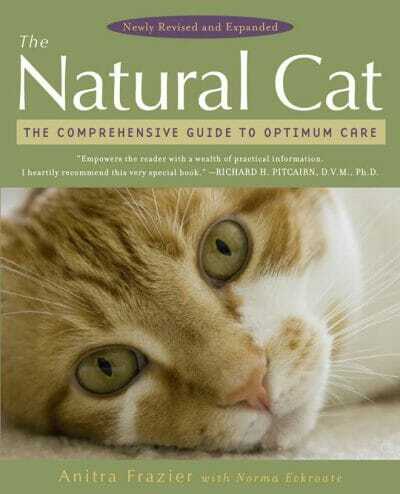



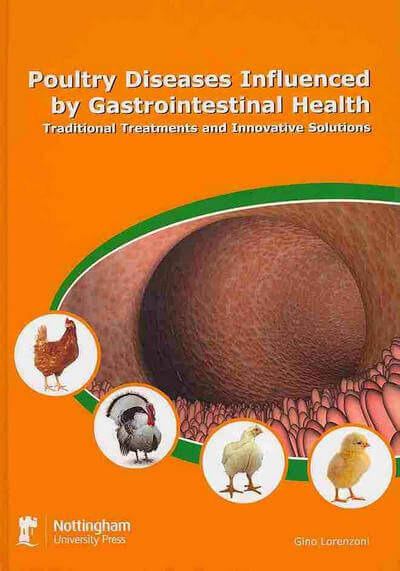
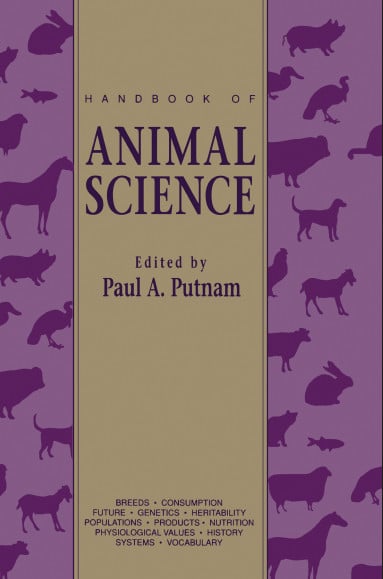
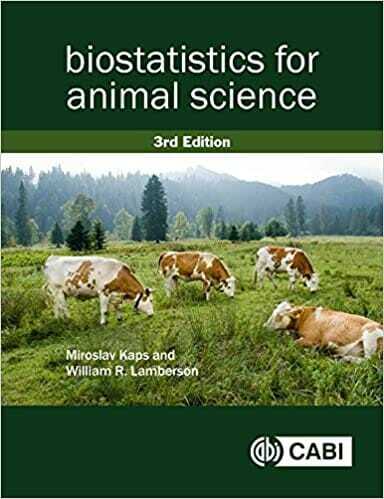
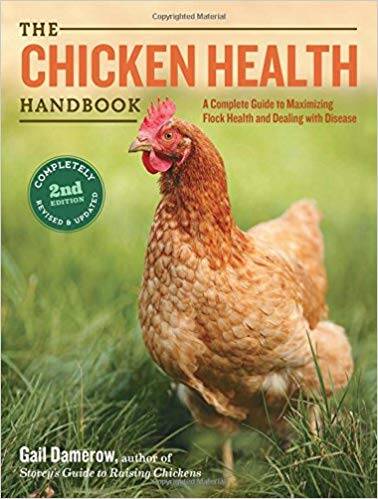
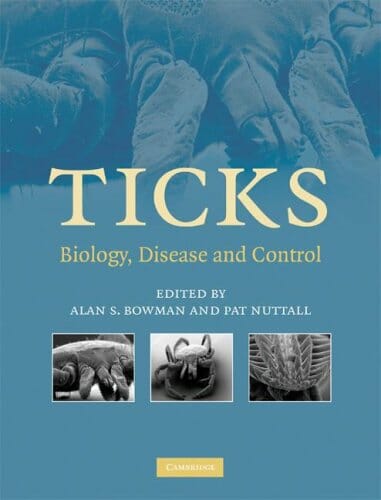


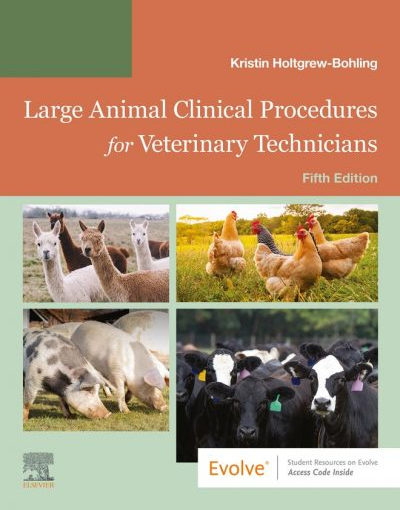
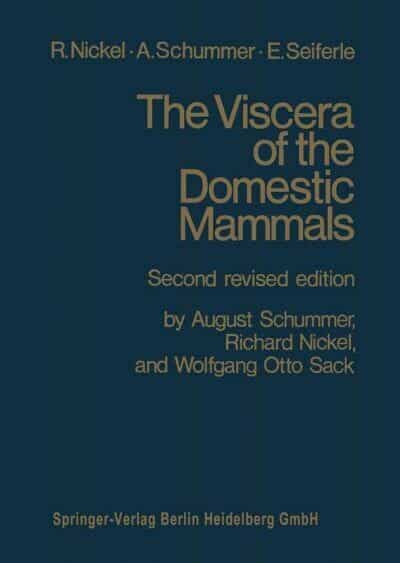
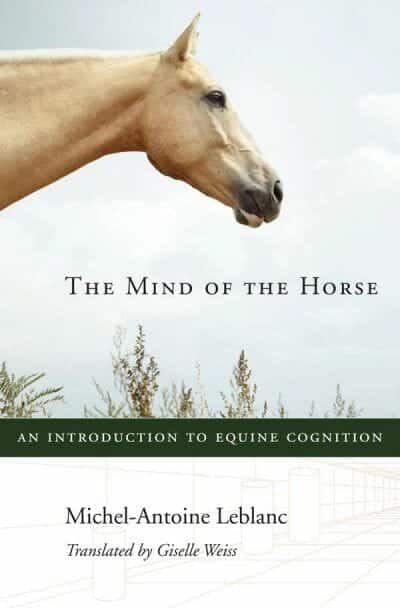
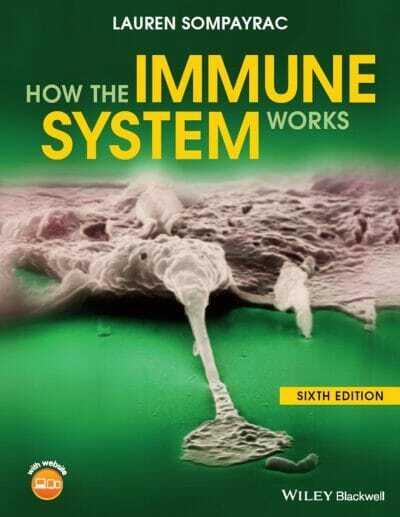
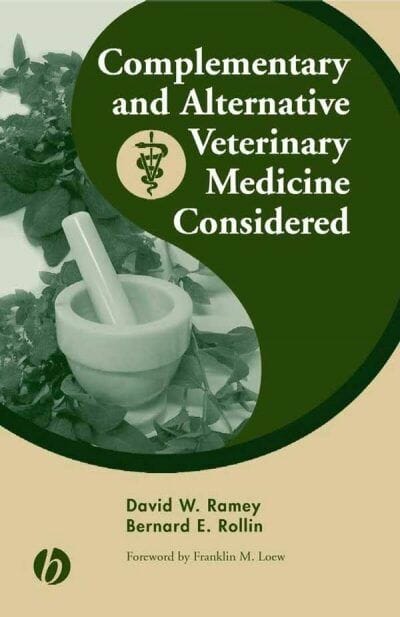








![Ettinger’s Textbook of Veterinary Internal Medicine 9th Edition [PDF+Videos] Ettinger’s Textbook of Veterinary Internal Medicine 9th Edition [True PDF+Videos]](https://www.vet-ebooks.com/wp-content/uploads/2024/10/ettingers-textbook-of-veterinary-internal-medicine-9th-edition-100x70.jpg)





